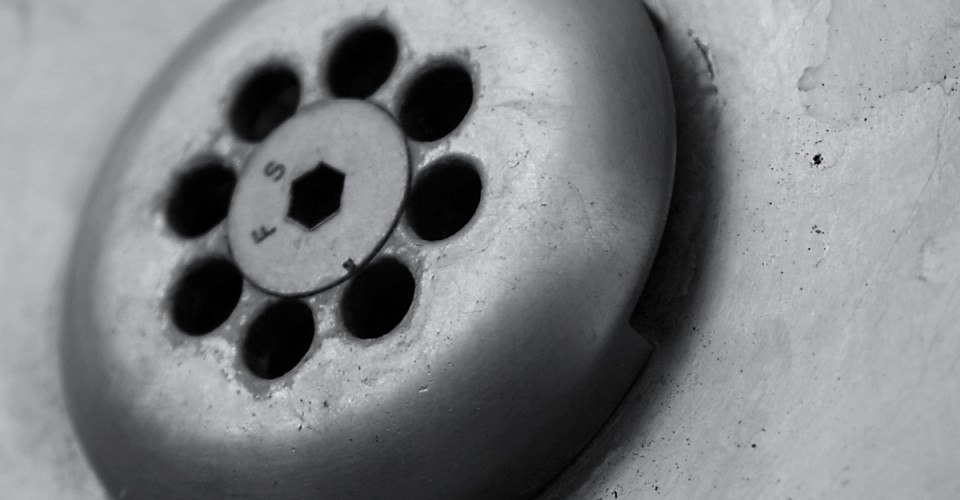When looking at a prospective home to purchase, or when constructing a new home in a suburb or rural community, you may encounter a septic tank. Septic tanks are used whenever a home is not directly connected to the city’s waste supply line. The Environmental Protection Agency estimates that 25% of U.S. homes operate with an individual septic system or onsite system; that means nearly 1 out of every 4 households are not directly connected to their local sewage line. It is also estimated that 10% – 20% of these systems fail each year and have the potential to harm the environment as well as create a risk to human health. Because maintaining the septic tank falls under the responsibility of the property owner, it is important to understand what it is, how it should be maintained, and other factors associated with owning a septic tank.
What is a septic tank?
A septic tank is essentially a self-serving sewage waste system designed to contain the waste from a home. Designs vary however the septic tank generally consists of a large tank with multiple internal compartments which is buried under the owner’s property. The tank itself can be made from concrete or plastic. Waste pipes from the shower, toilet, sinks, washing machine, exit the home and enter the septic tank; solid waste sinks to the bottom, fats and oils rise to the top. The wastes water then passes through another system where debris settles further. The leftover water is then allowed to seep into the surrounding ground, called a septic drain field. A visible hatch at the top allows the septic tank to be maintained by a professional. The below diagram illustrates a common septic tank set-up.
Why do some homes need a septic tank?
In the U.S., homes located too far from the city’s main sewage line will have a septic tank so that waste is properly handled. It is commonly found in rural and sometimes suburban areas where populations are low. Because septic drain fields require a particular amount of space for both the tank and the septic drain field, septic tanks are not ideal in densely populated cities. The size of the tank is determined by how many occupants will be living in the home as well as how many bathrooms are in the home. Tanks range in size from 500 gallons to 2500 gallons or more. Keep in mind that if you plan on remodeling the home, and adding occupants or bathrooms, you will want to consult your septic service provider about increasing the size of your septic tank. City regulations may have size stipulations so check with your local building codes as well.
How are septic tanks maintained?
Septic tanks, if well maintained, can last anywhere from 25 – 40 years, sometimes longer. Regular annual maintenance is very important and should be performed by a licensed and trained professional septic service provider. Typical costs are between $250 – $400 a year for professional maintenance; pumping costs may be additional and will depend upon the gallon size of the tank. The frequency of maintenance will depend upon the size of the tank, how many people use it, the volume of use, and how well the homeowners operate the system.
Septic tanks rely upon a certain amount of natural occurring bacteria to help break down the solid waste. Household chemicals, prescription drugs and other toxins like pesticides can damage the levels of bacteria. Living with a septic tank means that precautions should be taken when it comes to moving waste from inside to outside the home. For example, diapers, cigarette butts, baby wipes and feminine products cannot be flushed down the toilet; these can quickly fill up a septic tank. Garbage disposals may be a modern convenience however they move too much solid waste into the tank. Too much water entering the tank, from a leaky toilet for example, can over-fill the tank and cause waste to leak into the septic field. Special care needs to be taken with the land situated over the septic field as well. The land over the septic field cannot be driven upon nor can any non-porous materials be set on top (like a driveway). Because of these many precautions, septic tanks are viewed as a much higher maintenance item for the home.
Draining the tank, which should also be done on a regular basis, may require pre-planning from the homeowner. Depending upon the access point to the tank, homeowners will want to move all items around the septic tank entry so that the service provider can have clear access. Sometimes homeowners inadvertently place stone pavers, furniture, or landscaping too close to the entry. Keep in mind these items may need to be cleared to gain access.
What are the costs to install a septic tank?
New septic tank replacement is approximately $3,000 – $7,000 depending upon the size and scope of the project. If your property already has a septic tank, it is less expensive to regularly maintenance and drain the tank, as well as monitor what you flush down the toilet, than to pay for a replacement tank. If you plan on constructing a new home that requires a septic tank, most local building departments require a permit. Site excavation and preparation will be additional costs as well. Check with your local septic service provider regarding costs for your specific construction project.
Who can alert me to septic tank issues?
If you already own a septic tank on your property, your licensed professional septic tank service person should alert you to any issues or concerns. Annual maintenance should be performed and about every three years the tank will need to be pumped. If you are looking to purchase a home with a septic tank, the licensed professional home inspector should be able to assess the overall quality and condition of the septic tank in question. According the the International Association of Certified Home Inspectors (NATCHI), licensed home inspectors can assess several factors when inspecting a residential septic tank. They can inspect the date of the tank, date of last inspection, perform a sludge test, make sure that the tank is large enough for the home, check for liquid waste leakage on the property, and check for cracks in the lid. Your licensed home inspectors should bring forth issues or concerns with the tank. But the licensed septic tank professional will want to thoroughly check the tank as well as the property, and advise the homeowner about fixing or replacing the tank. Only a professional septic service provider should enter the septic tank as toxic fumes can be hazardous.
Warning signs and indicators of a malfunctioning septic tank
Regularly maintaining and servicing your septic tank will most likely stave off any major issues. However, even the most vigilant homeowner should be aware of the following indicators. If any of these issues occur, call your septic tank service provider:
- bubbling or noise coming from sinks, showers or toilets
- slower than usual flush times
- backing up of sinks, showers or toilets
- green “stripes” of grass in the septic drain field. This may be an indication of leaking or broken pipes.
- soft spots in the septic drain field
Additional Resources:
The United States Environmental Protection Agency (EPA)
National Onsite Wastewater Recycling Association (NOWRA)





